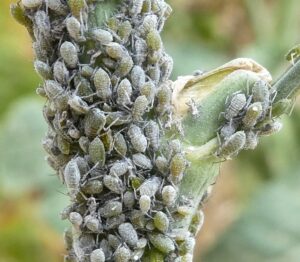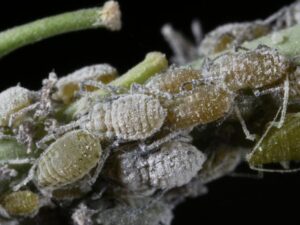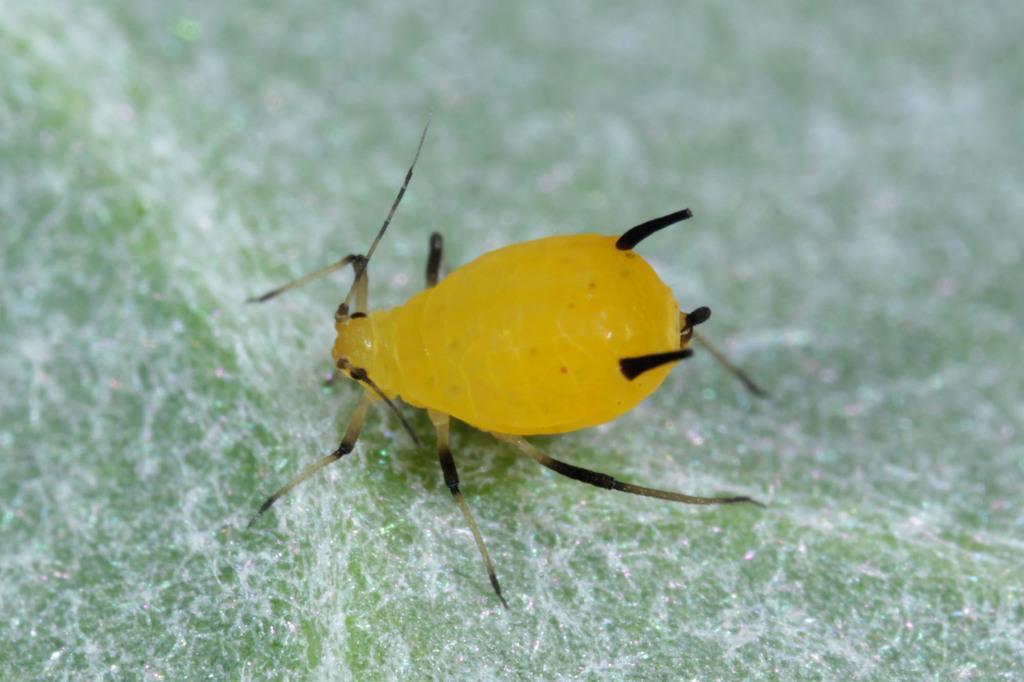Cabbage Aphid (Brevicoryne brassicae)
Updated on
22/11/2022The cabbage aphid is a dangerous pest of plants like cabbage and broccoli. However, they do not feed on other plants, even next to the host plant.
Scientific Classification
- Class:Insecta
- Order:Hemiptera
- Genus:Brevicoryne
- Species:B.brassicae
Conservation Status
Description
These aphids are soft-bodied, with piercing-sucking mouthparts. Adults can take on two forms: winged and wingless. Wingless adults are 0.1 inches long, oval-shaped, and have a grayish-green or grayish-white waxy covering. Eight dark brown or black spots are also located beneath the waxy coating on the abdominal surface. Winged females are smaller than their wingless counterparts and lack waxy covering. The wings are short, and the head and thorax are black or dark brown with dark brown antennae. Their abdomen is yellow, with two dark spots on the dorsal abdominal segments merging into a dark band across the last abdominal segment.
Other Common Names: Cabbage aphis
Distribution: Native: Europe; Invasive: Canada, China, India, South Africa, and the Netherlands
Habitat: Gardens and farmlands
Do they bite: No
Lifespan: 16-50 days
Predator: Ladybugs, parasitic wasps, and syrphid fly larvae
Behavior and Characteristics
Feeding
These aphids feed on plants in the genus Brassica, including broccoli, Brussels sprouts, cabbage, and cauliflower.
Defensive
Cabbage aphids secrete a myrosinase naturally from their heads and thoraxes and absorb chemicals, like sinigrin, from the plants they feed on. The combination of all these chemicals allows them to release the mustard oil chemical, allyl isothiocyanate, compared to a “walking mustard oil bomb”.
Life Cycle
These aphids reproduce in two ways depending on the climate. In warm climates, females undergo parthenogenesis and give birth to female nymphs, while in temperate climates, mating occurs with the females laying eggs afterward.
1. Egg Stage
Female cabbage aphids lay eggs on plant debris.
2. Nymph Stage
This stage lasts for 7-10 days.
Getting Rid of Them
Biological control measures include natural predators like ladybird beetles, while other methods include spraying insecticides on potential host plants.
Source
cesaraustralia.com, inaturalist.ca, cesaraustralia.com, aphotofauna.com, gregalder.com













